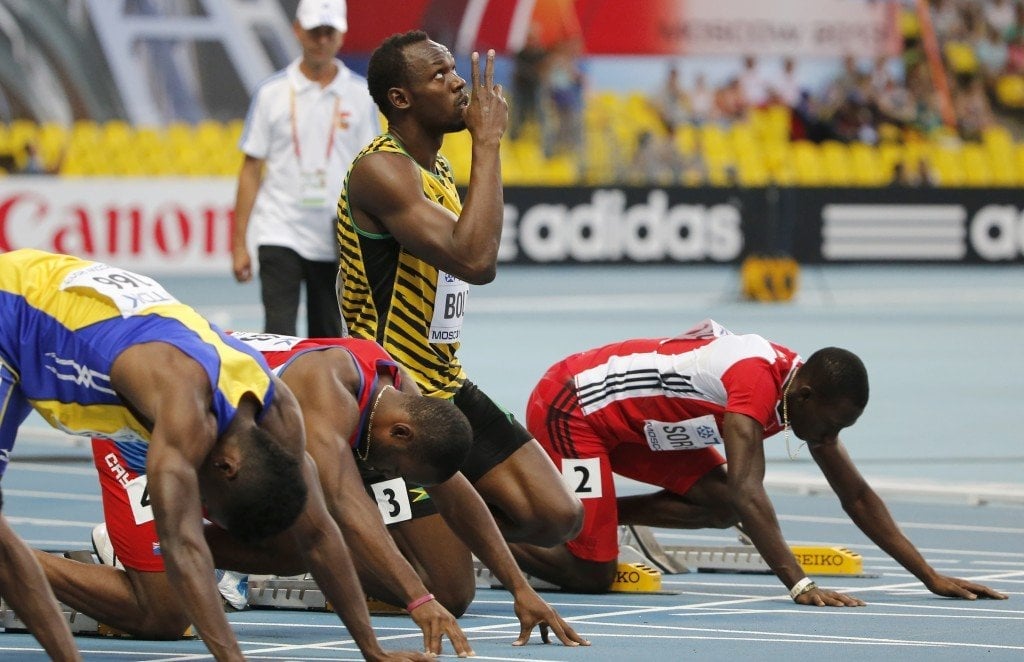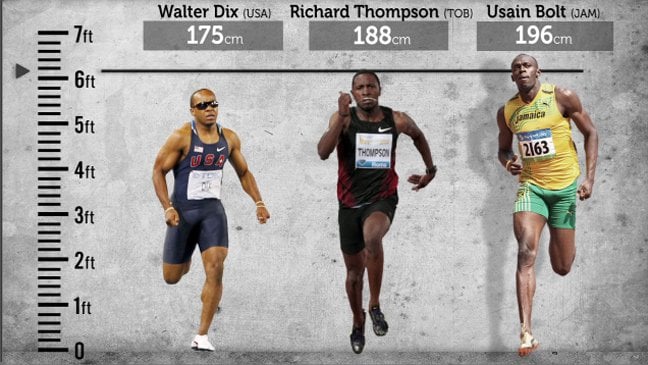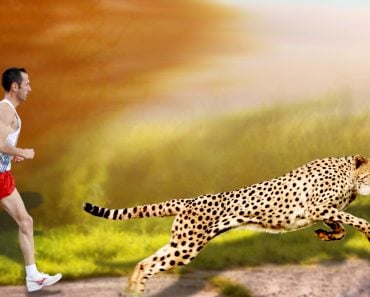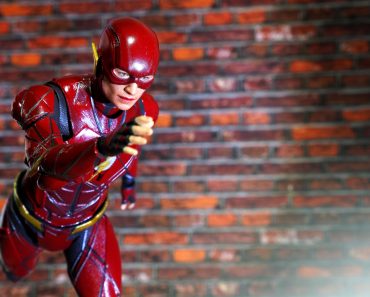Table of Contents (click to expand)
One of the world’s most decorated athletes over the past decade, Usain Bolt, needs no introduction. He has completely smashed the world records in the 100m and 200m sprint events. Clocking in at a mere 9.58 seconds in the 100m event at the 2009 World Championship in Berlin, his astonishing speed baffled sports scientists all over the world. He achieved this feat only a year after his famous 9.68-second finish at the 2008 Beijing Olympics.

After significant research, scientists were able to analyze the amazing biomechanics that assist Bolt with his incredible speed.
Recommended Video for you:
The Science Behind Bolt’s Phenomenal Speed
Bolt stands tall at 6 feet 5 inches, which actually makes it harder for him to run so fast, because he has to overcome factors like air density and increased resistance.

During the Berlin Championship, in order to cover the distance in 9.58 seconds, Bolt accelerated to a terminal velocity (the constant speed that a freely falling object eventually reaches when the resistance of the medium through which it is falling prevents further acceleration) of 12.2 meter per second, exerting an average force of 815.8 Newtons. For such an enormous runner, acceleration of that magnitude results in a massive air resistance drag, adding yet another physical hurdle to the already taxing task.
If Aerodynamics Are Working Against Him, How Can He Still Run So Fast?

There are multiple reasons for Usain Bolt’s incredible achievements:
1) The fundamental physics behind optimum sprint speed relate to the amount of horizontal force that a sprinter can generate.
A mathematical model used by scientists revealed that Bolt generated 81.58 kilojoules of energy during the sprint, of which only 8% was used to propel his body towards the finish line. The remaining 92% of the generated energy was used to offset the drag of air resistance, i.e. to counter the friction caused by air.
Bolt was able to achieve a maximum output of 2619.5 watts in a single second! To get a fair idea of this, 2619.5 watts is enough to power a dishwasher!
2) Number of steps required to run the distance

It is estimated that an average runner requires about 55 steps to complete 100m, whereas a professional athlete requires only 45 steps.
Owing to the tremendous amount of energy that these athletes generate, it is obvious that their legs spend less time on the ground than the legs of your average runner. An elite sprinter’s foot will typically spend 0.08 seconds in contact with the ground at the beginning of each stride, compared to about 0.12 seconds for an amateur athlete.
Technically, Bolt shouldn’t be able to accelerate to such high speeds, due to the freakishly long legs that he possesses. As soon as he reaches top speed, however, he has an advantage over everyone because of the fewer number of strides he must take! Astonishingly, Bolt can complete a 100m race in about 41 steps, which is three or four fewer than his rivals.
We can safely conclude that Usain Bolt is the closest thing to superhuman that we’ve seen in a long time!
References (click to expand)
- Krzysztof, M., & Mero, A. (2013, March 1). A Kinematics Analysis Of Three Best 100 M Performances Ever. Journal of Human Kinetics. Termedia Sp. z.o.o.
- Anatomy of a champion: Michael Johnson on Usain Bolt. The modern Olympic Games
- The Biomechanics Of Usain Bolt - Science360 - Video Library - science360.gov












